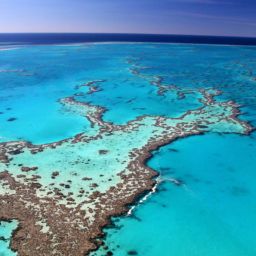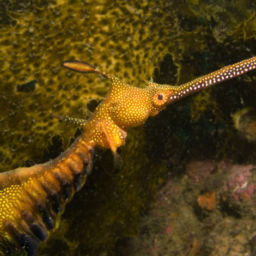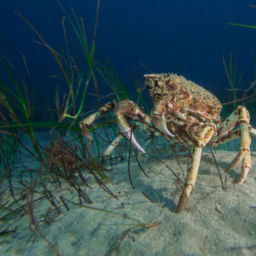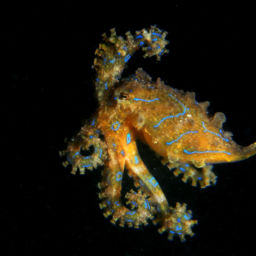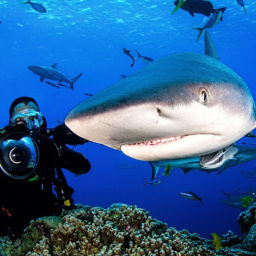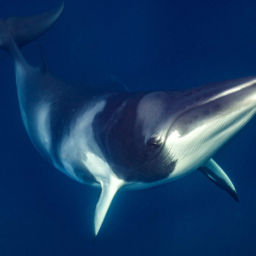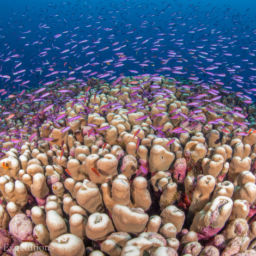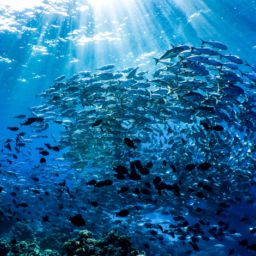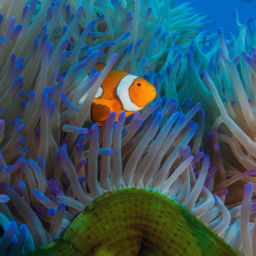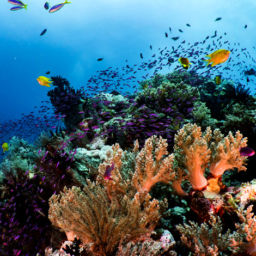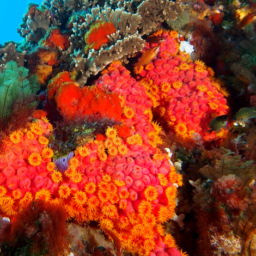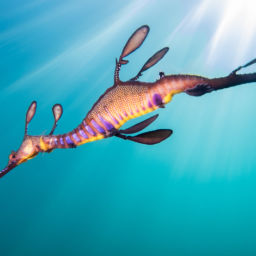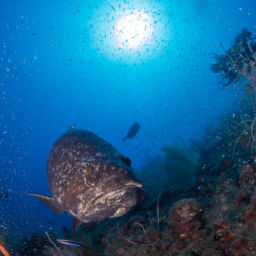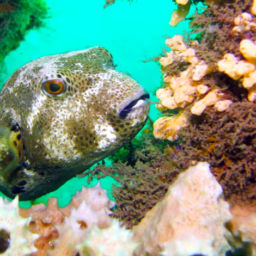In November one of nature’s greatest spectacles — the annual mass coral-spawning event on the Great Barrier Reef — inspired a new collaboration as Cairns-based tourism operators joined forces with scientists to help save the reef.
This year’s spawning event attracted divers — and media — from around the globe, anxious to see this proof of life for an embattled Great Barrier Reef. Local operators and marine scientists were keen to show the world that, despite reports to the contrary, the reef is still alive and kicking.
Back in 2017, graphic images of a bleached and dying reef went viral. Headlines around the world declared the Great Barrier Reef was dead. The GBR fast became a poster child for climate change and half the world gave up on it, just when it needs our help the most.
Environmental organizations step up
Citizens of the Great Barrier Reef is a conservation organization that is asking the world to step up and do what it can to slow down the effects of climate change, the biggest threat to the Great Barrier Reef and all coral reefs.
“We’re at a critical time in the reef’s history,” says Andy Ridley, founder and CEO of Citizens of the Great Barrier Reef. “The reef must be more than a poster child for climate change, it must become the inspiration for us to change.”
In November, the spawning event played catalyst as Citizens brought together scientists working on various reef-nurturing programs to explain its complexities. Programs exist to nurture high-value reefs, protect coral biodiversity and restore those parts of the reef damaged by bleaching events and cyclones.
The spawning event happened under a full moon on consecutive nights, with soft corals spawning first, followed by both hard and soft corals the next night. Some scientists observing the event described it as the most prolific in years.
“There was coral spawn everywhere last night,” said Gareth Phillips from Reef Teach. It was like a gray haze with beautiful pink bundles going up – it was a magical night.”
“We expect to see more pressures in the future, but the Great Barrier Reef’s size, complexity and huge biodiversity make it a very strong ecosystem. The reef has shown us that it is not lying down; it is doing extremely well and fighting for the future.”
The role of tourism operators
Tourism is playing an increasingly important role in coral-reef conservation globally, with tour operators uniquely positioned to educate visitors on threats and inspire action to protect them. Collaborating with marine scientists, tourism professionals are often on the front line of marine conservation.
The Great Barrier Reef, as the best-known coral reef in the world, has perhaps more collaborations than anywhere else in the world.
Several such collaborative projects were revealed to international media during the weekend, as researchers from Southern Cross University, James Cook University, and University of Technology Sydney joined forces with operators including Reef Magic, Passions of Paradise and Wavelength Cruises to manage a variety of programs.
Coral Larval Restoration Project
Led by Southern Cross University (SCU), with scientists from James Cook University (JCU) and the University of Technology Sydney (UTS), the Larval Restoration Project aims to restore coral populations and re-establish breeding corals on degraded reefs.
The Coral Larval Restoration team spent the weekend harvesting coral sperm and eggs released during the spawning in a bid to grow new coral larvae, which they will resettle back onto heavily degraded sections of the northern Great Barrier Reef.
Project leader Professor Peter Harrison aims to increase the scale of coral restoration using innovative techniques.
“We have been successful at restoring breeding populations on badly degraded reefs in the Philippines over the last seven years,” he says. “we are now applying new technologies to increase the scale and efficiency of the larval restoration process on the Great Barrier Reef.”
This includes the mass inoculation of coral larvae with their algal partners (known as symbionts) in the wild to boost their one-in-a-million chance of survival before being settled on affected reef areas.
“We are simply fast-tracking capacity for corals to start acquiring energy from their symbionts.”
A collaboration with local tourism operators Aroona Boat Charters and Reef Magic Cruises has been instrumental in enabling this logistical feat.
“We hope to make direct partnerships between science and tourism the norm rather than the exception,” said JCU senior researcher Katie Chartrand. “A collaborative approach is needed to give the reef the best chance of thriving into the future.”
Will this save the GBR?
“What we’re trying to do now is buy time for the coral populations that are still present on the Great Barrier Reef and other reefs around the world,” said Harrison. “Climate action is the only way to ensure coral reefs can survive into the future.”
Education is also key to saving the reef. Where programs such as Citizens of the Great Barrier Reef and the Master Reef Guides initiative can really help is in showing the world how to save the Reef.
Two million people visit the GBR every year — imagine if all were ambassadors for the reef? This is the ambition of Fiona Merida, who developed the Master Reef Guide program, transforming a select group of marine biologists working on the reef as guides into master storytellers. These guides enhance your experience by explaining the reef’s complexities, aiming to inspire a deeper connection among visitors that they will share with family and friends long after they leave.
The Citizens program aims to inspire change by sharing live updates of these scientific projects — and many others — with the world on the recently-launched Citizens Atlas and inviting members to make a commitment to make one small change in their everyday life to save the Reef.
“Every individual action contributes to the whole. That could be eating less red meat or bringing your own water bottle. Every action you take, no matter how small, will make a difference.”




